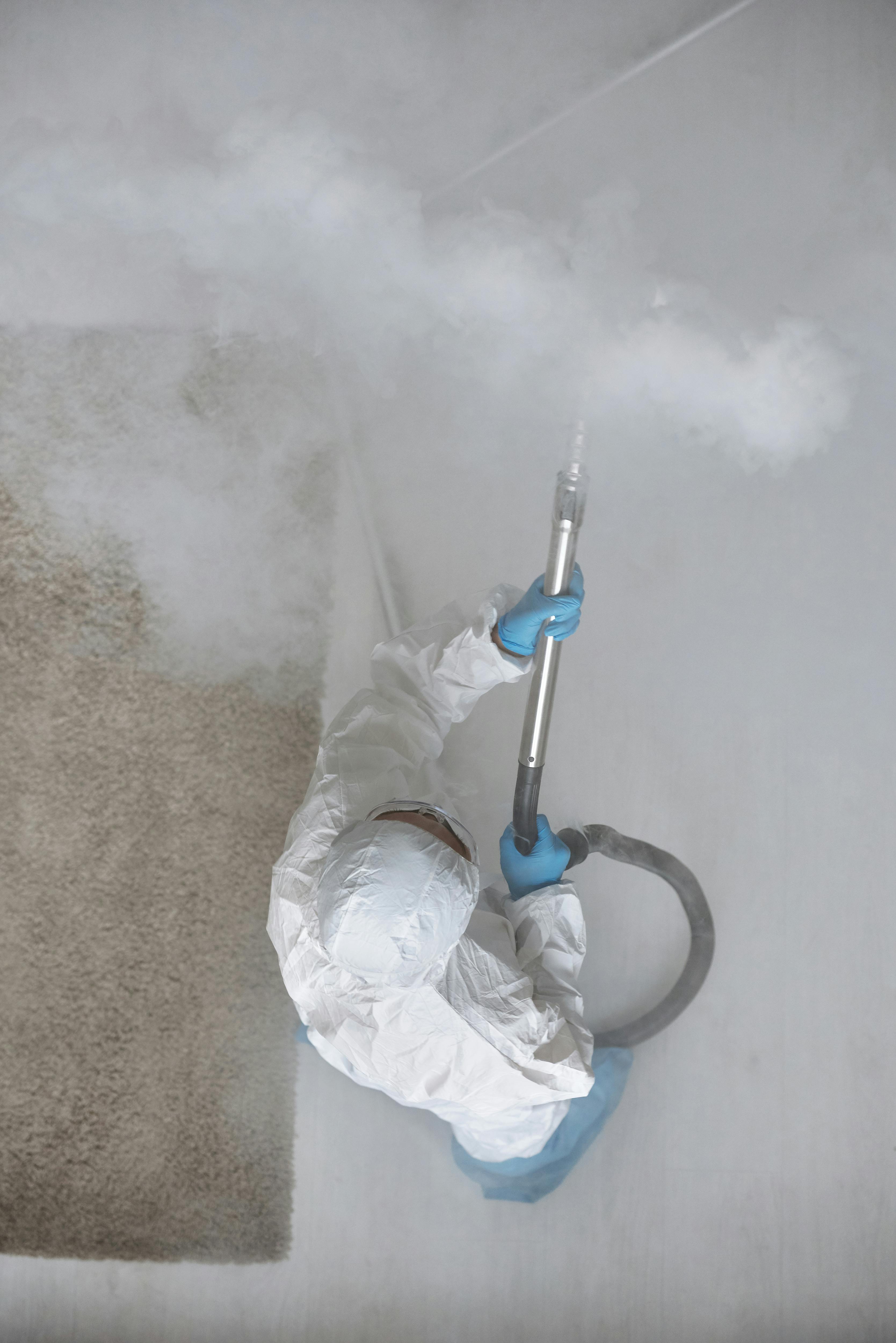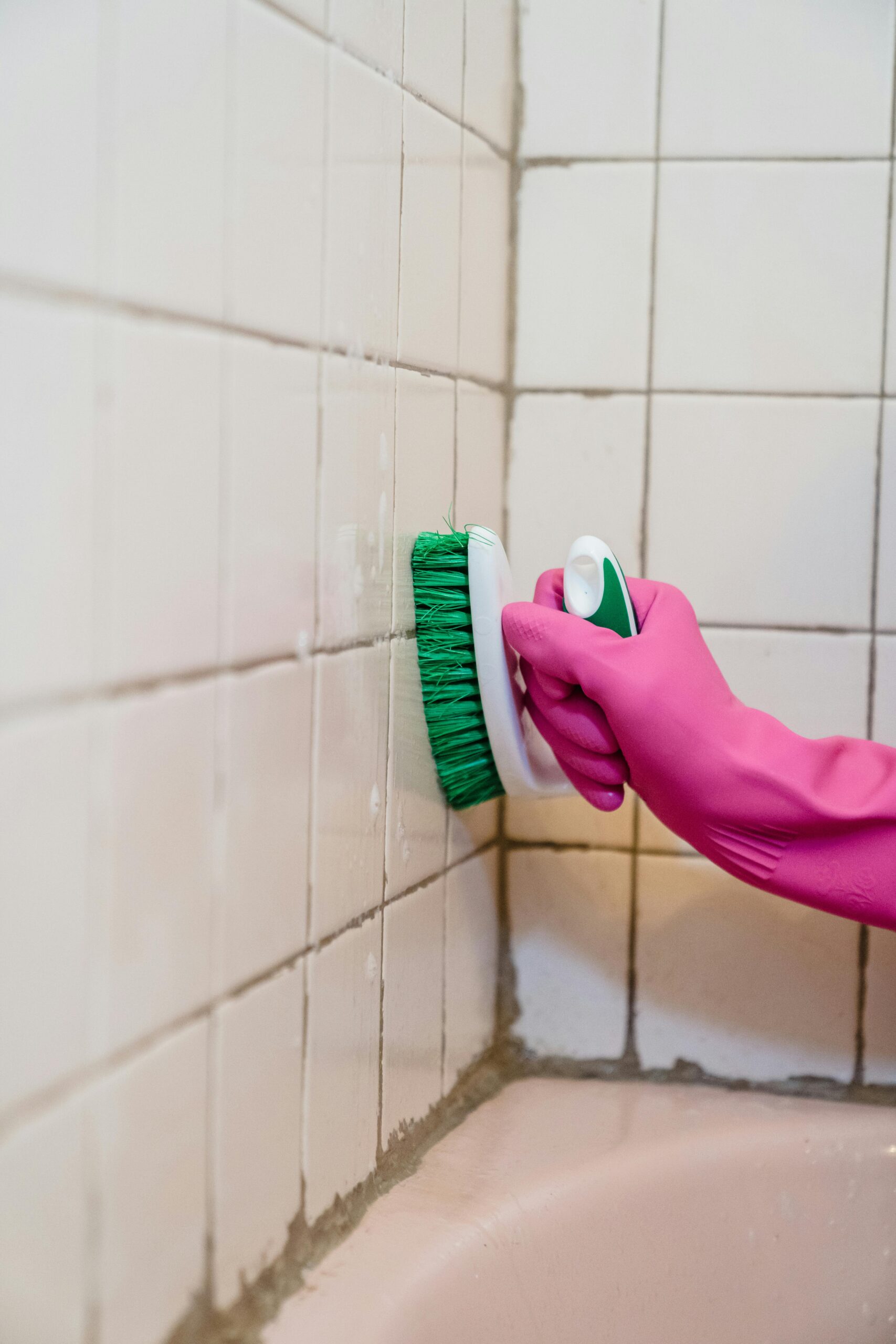Schimmelentferner: The Ultimate Guide to Mold Removal Solutions
Understanding the Importance of Schimmelentferner
Schimmelentferner, or mold removers, play a crucial role in maintaining a healthy living environment. Mold can not only affect the aesthetics of a home but also pose significant health risks to its inhabitants. Prolonged exposure to mold can lead to respiratory issues, skin irritations, and other health problems. Therefore, investing in an effective schimmelentferner is not just a safety measure but a necessity for any homeowner. In this section, we will explore various types of schimmelentferner and how they function to eliminate mold effectively.
Types of Schimmelentferner
There are several types of schimmelentferner available in the market, each tailored for specific environments and mold types. The most common categories include chemical solutions, natural alternatives, and preventative sprays. Chemical solutions, often harsh but effective, typically contain fungicides designed to kill mold on contact. On the other hand, natural mold removers utilize ingredients like vinegar or baking soda, which are effective without the toxicity of chemical products. For those looking to prevent mold growth, preventative sprays can be applied to vulnerable areas, creating a protective barrier against mold spores.
How Schimmelentferner Works
The effectiveness of schimmelentferner hinges on its active ingredients and method of application. Most chemical mold removers work by penetrating the mold structure, disrupting its growth, and eliminating spores. This approach is crucial for any serious mold problem, especially in damp or poorly ventilated areas. Natural options might take longer to show results but are excellent for light mold infestations or as a preventative measure. When using schimmelentferner, proper application methods, such as scrubbing with a brush and ensuring sufficient dwell time, can significantly enhance its effectiveness.
Practical Application of Schimmelentferner
To effectively use a schimmelentferner, start by assessing the mold-infested area. Safety is paramount, so wearing gloves and a mask is advisable. For larger infestations, consider sealing off the area to prevent the spread of spores. After identifying the type of schimmelentferner that suits your needs, apply it generously on the affected surface. For best results, let the solution sit for the recommended time before scrubbing it off. Regular maintenance and inspection will also help keep your spaces mold-free long after your initial cleaning effort.
Choosing the Right Schimmelentferner
With so many options available, selecting the right schimmelentferner can be overwhelming. Factors to consider include the type of mold, the surface being treated, and any sensitivities to chemicals among household members. Conducting a thorough inspection of the affected area is essential to guide your choice effectively. Whether you opt for a powerful chemical solution or a gentle natural alternative, understanding your specific needs will set you up for success.
Factors to Consider When Choosing Schimmelentferner
When selecting a schimmelentferner, evaluate the severity and type of mold you are dealing with. Black mold, for instance, typically requires a strong chemical remover due to its resilience and associated health risks. In contrast, a light surface mold might respond better to natural remedies. Additionally, consider the surface you’re treating; porous materials like wood or drywall may need different treatments compared to tile or glass. Finally, evaluate the safety of the product—always opt for options that are safe for both your environment and health.
Effective DIY Schimmelentferner Solutions
If you prefer a do-it-yourself approach, several household items can serve as effective schimmelentferner solutions. For example, a mixture of equal parts white vinegar and water can be sprayed onto moldy surfaces and left to sit for at least an hour before scrubbing. Baking soda is another powerful alternative; mix it with water to form a paste and apply it to the affected area. These natural remedies provide a safer method of mold removal and are often readily available in most homes, making them an accessible option for many people.
Mold Prevention Strategies
Prevention is often the best cure when it comes to mold. Understanding how and where mold thrives allows you to take preventative measures before serious growth occurs. Implementing proper ventilation, humidity control, and regular inspections can help in significantly reducing the chances of mold making a comeback in your living spaces.
Controlling Humidity Levels
One of the key contributors to mold growth is high humidity. Keeping indoor humidity levels below 60% is vital for preventing mold proliferation. Utilize dehumidifiers in damp areas like basements or laundry rooms, and consider using exhaust fans in kitchens and bathrooms to improve ventilation. Simple actions like regularly checking for leaks and ensuring proper drainage around the house can go a long way toward controlling moisture levels.
Regular Cleaning and Inspections
Establishing a routine for checking common mold-prone areas can effectively prevent mold growth. Regularly clean areas like bathrooms, kitchens, and attics where moisture tends to accumulate. Be particularly vigilant after heavy rains or snow melts, as these conditions can increase moisture levels in your home. By incorporating these cleaning habits into your home maintenance schedule, you reduce the likelihood of discovering a serious mold problem down the line.
Safe Use and Disposal of Schimmelentferner
While schimmelentferner can be incredibly effective, safety must always be a priority. Proper use, storage, and disposal of any cleaning chemical are crucial to ensure the health and safety of everyone in your home.
Proper Application Techniques
When applying schimmelentferner, it’s essential to follow the manufacturer’s instructions carefully. Begin by ventilating the area to minimize exposure to potentially harmful fumes. Apply the remover in a controlled manner to avoid oversaturation of surfaces, which may lead to further moisture issues. It’s also important to ensure that the area is safe from children and pets during application. Always allow the product to dwell for the designated time before wiping or scrubbing, as this allows the solution to penetrate the mold effectively.
Disposing of Schimmelentferner Safely
After using schimmelentferner, disposing of any unused product or cleaning materials properly is crucial. Follow local regulations regarding hazardous waste disposal, and never pour chemical products down the drain unless specifically stated by the manufacturer. For natural alternatives, disposal methods are generally less stringent; however, it’s still wise to educate yourself on the best practices for disposal to avoid any unforeseen impacts on the environment.
Key Takeaways
- Regularly assess and control moisture levels to prevent mold growth.
- Select the appropriate schimmelentferner based on the type and severity of mold.
- Utilize DIY solutions for less severe mold issues when possible.
- Always prioritize safety during the application of mold removal products.
- Appropriate disposal of schimmelentferner is essential to protect the environment.
FAQ
1. What is the best schimmelentferner for bathroom mold?
For bathroom mold, a **chemical schimmelentferner** specifically designed to combat mildew and damp conditions is often the most effective. Look for products that contain bleach or hydrogen peroxide, as these ingredients are known for their mold-killing properties. However, if you prefer a natural approach, vinegar can also be very effective against bathroom mold.
2. How do I know if I have a mold problem?
Common signs of a mold problem include visible mold growth on surfaces, a musty smell, and unexplained health issues such as respiratory problems or allergies. Inspect areas prone to moisture, such as basements, kitchens, and bathrooms, to detect any mold presence. Performing regular inspections can warn you of potential mold problems before they escalate.
3. Can I use schimmelentferner on all surfaces?
Not all schimmelentferner is suitable for all surfaces. Chemical mold removers can be too harsh for porous materials like wood or drywall, potentially causing damage. Always check the label and test a small, inconspicuous area first to ensure compatibility with the surface. For sensitive materials, consider using a gentler natural alternative.
4. How often should I use schimmelentferner to prevent mold?
For prevention, it’s good practice to use schimmelentferner as part of your regular cleaning routine, especially in high-humidity areas. Applying a preventative spray every few months can help inhibit mold growth. Additionally, perform inspections after significant weather changes or water damage to ensure timely action.
5. Are natural schimmelentferner as effective as chemical ones?
Natural schimmelentferner can be effective, particularly for light mold infestations. While they may be slower to work than chemical options, they provide a safer alternative for homes with children and pets. For severe mold growth, however, a robust chemical solution is often the suggested approach.
6. What are the risks of ignoring mold in my home?
Ignoring mold can lead to significant health risks, including respiratory problems, allergies, and skin irritations. Mold can also damage your home’s structure, leading to expensive repairs. Proactive measures in mold detection and removal are crucial for both your health and property maintenance.
7. Can mold return after using schimmelentferner?
Yes, mold can return if the underlying causes, such as excessive moisture or poor ventilation, are not addressed. After treating mold with schimmelentferner, ensure to implement preventative measures and regular maintenance to keep mold from reoccurring.
Image used for visual representation of schimmelentferner.

